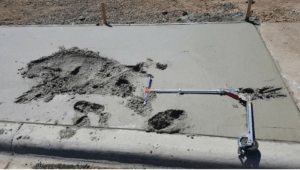Improve Your Yard Health With This Guide To Lawn Aeration
Many homeowners dream of a lush, green lawn, but achieving that dream requires more than regular mowing and watering. Aeration plays a pivotal role in ensuring your grass stays healthy, vibrant, and resilient. In this article, we’ll explore the importance of aeration, the best times to aerate, different methods, and tips to ensure you get it right. So, grab your gardening gloves, and let’s get started on transforming your lawn into the envy of the neighborhood.
Understanding Why Aeration is Essential for a Healthy Lawn
Aeration is the process of perforating the soil with small holes to allow air, water, and nutrients to penetrate the grassroots. This helps the roots grow deeply and produce a stronger, more vigorous lawn. Over time, soil can become compacted, reducing the pore space available for air and water. Compacted soil restricts root growth, leading to a thin, patchy lawn. By aerating your lawn, you alleviate soil compaction, promote healthy root development, and enhance the lawn’s ability to absorb water and nutrients. This simple yet crucial process can make a significant difference in the overall health and appearance of your lawn.
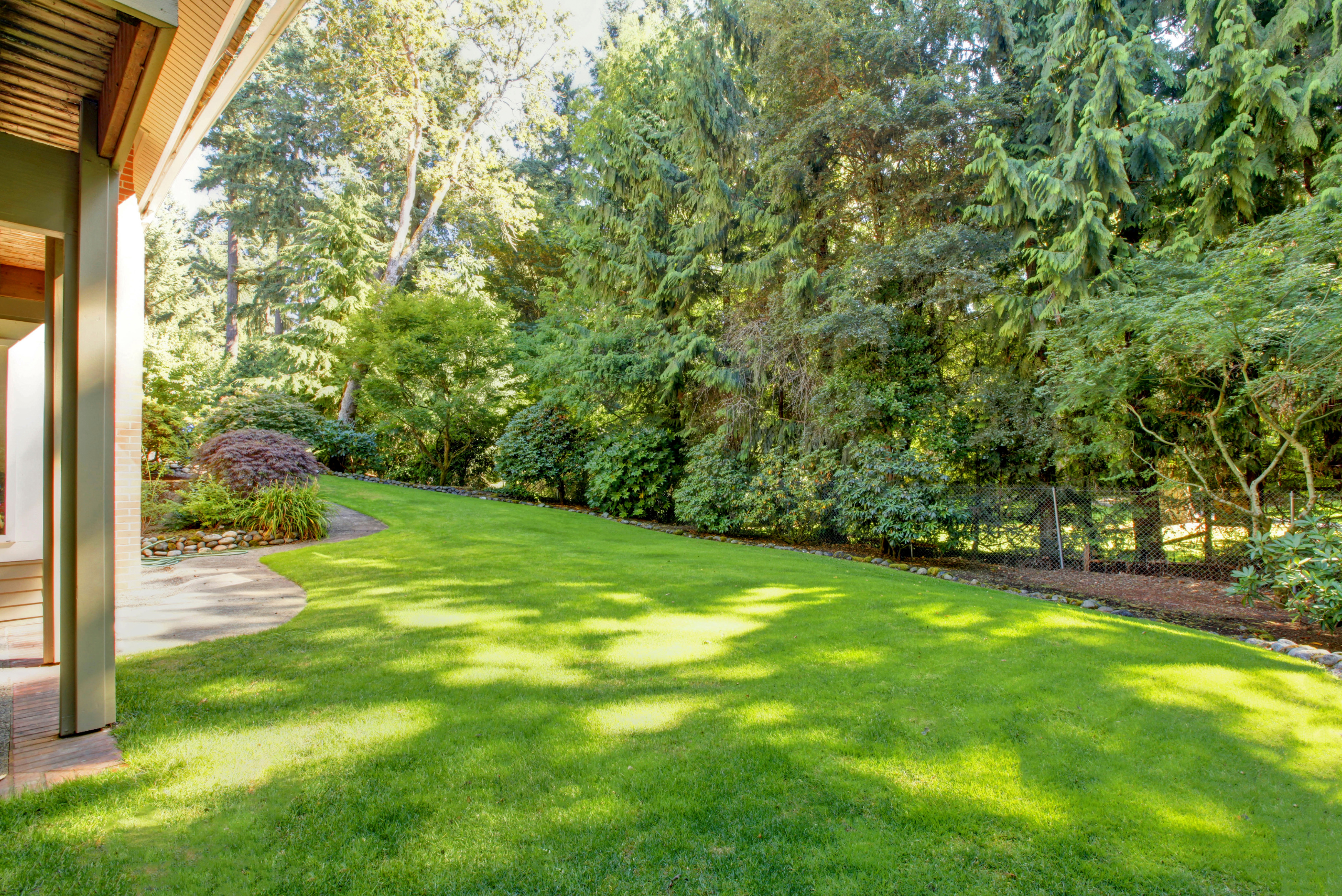
Moreover, aeration helps to reduce thatch buildup. Thatch is a layer of organic material that forms between the grass blades and the soil surface. While a small amount of thatch is beneficial, too much can block water, air, and nutrients from reaching the soil. Aerating your lawn helps to break down excessive thatch, ensuring that essential resources reach the roots effectively. In summary, regular aeration is key to maintaining a healthy, thriving lawn that can withstand the stresses of weather, foot traffic, and other environmental factors.
Identifying the Best Times of Year to Aerate Your Lawn for Optimal Results
Timing is crucial when it comes to aerating your lawn. The best time to aerate depends largely on the type of grass you have. Cool-season grasses, such as Kentucky bluegrass and fescue, benefit most from aeration in the early spring or fall. These seasons provide ideal growing conditions, allowing the grass to recover quickly and fill in any holes created during the aeration process. Aerating during the active growth period ensures that your lawn can take full advantage of the improved soil conditions.
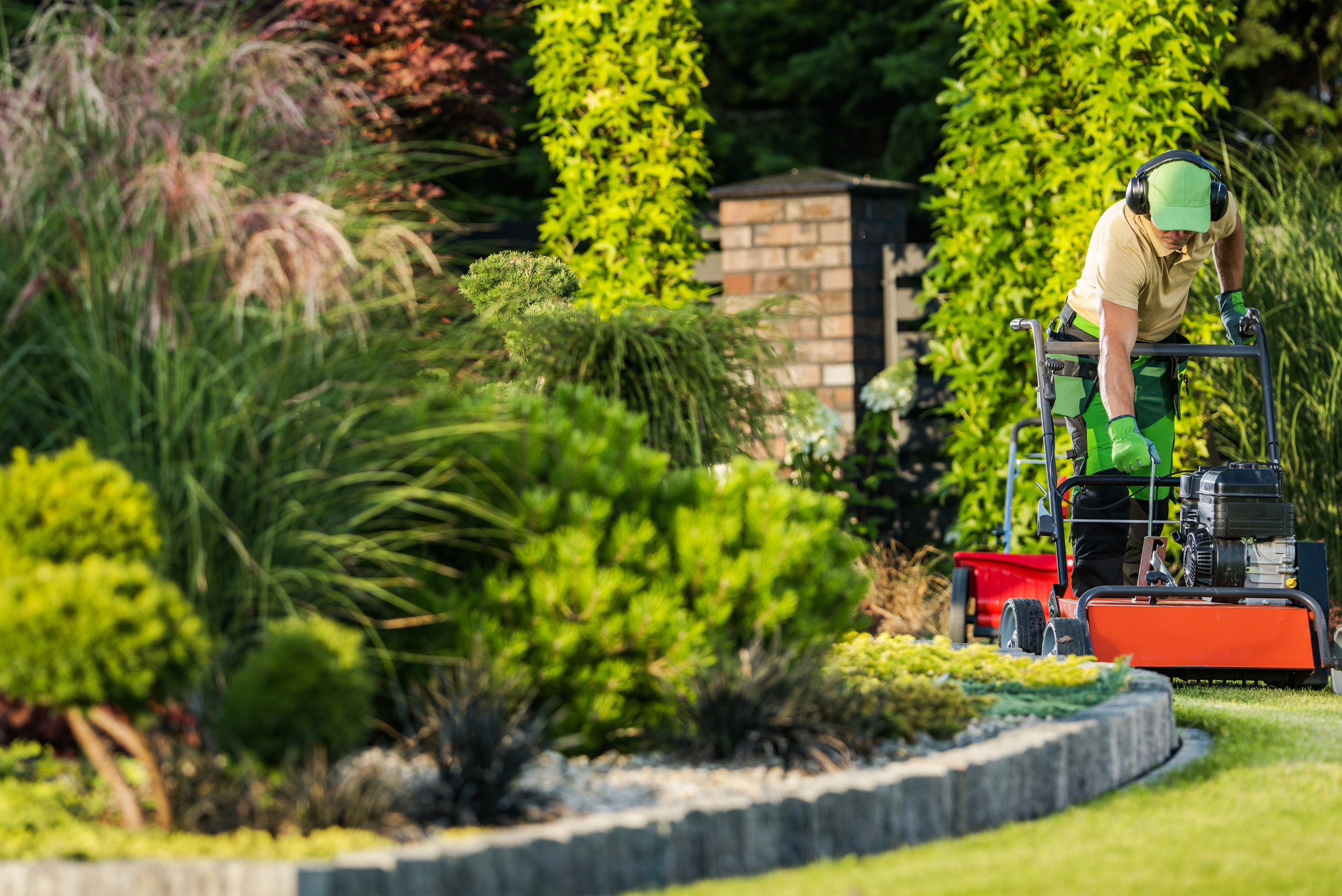
For warm-season grasses like Bermuda and St. Augustine, late spring or early summer is the optimal time for aeration. These grasses thrive during the warm months, and aerating during this period gives them the best chance to recover and grow vigorously. Avoid aerating during the heat of summer or the dormant season, as this can stress the grass and hinder its ability to recuperate. By choosing the right time to aerate, you can maximize the benefits and help your lawn reach its full potential.
Different Methods of Aeration and Choosing the Right One for Your Lawn
There are several methods to aerate your lawn, each with its own advantages and considerations. The most common methods are core aeration, spike aeration, and liquid aeration. Core aeration, also known as plug aeration, involves removing small plugs of soil from the lawn. This method is highly effective at relieving soil compaction and promoting healthy root growth. Core aerators can be rented from garden centers or hardware stores, and while the process may leave your lawn looking a bit rough initially, the long-term benefits are well worth it.
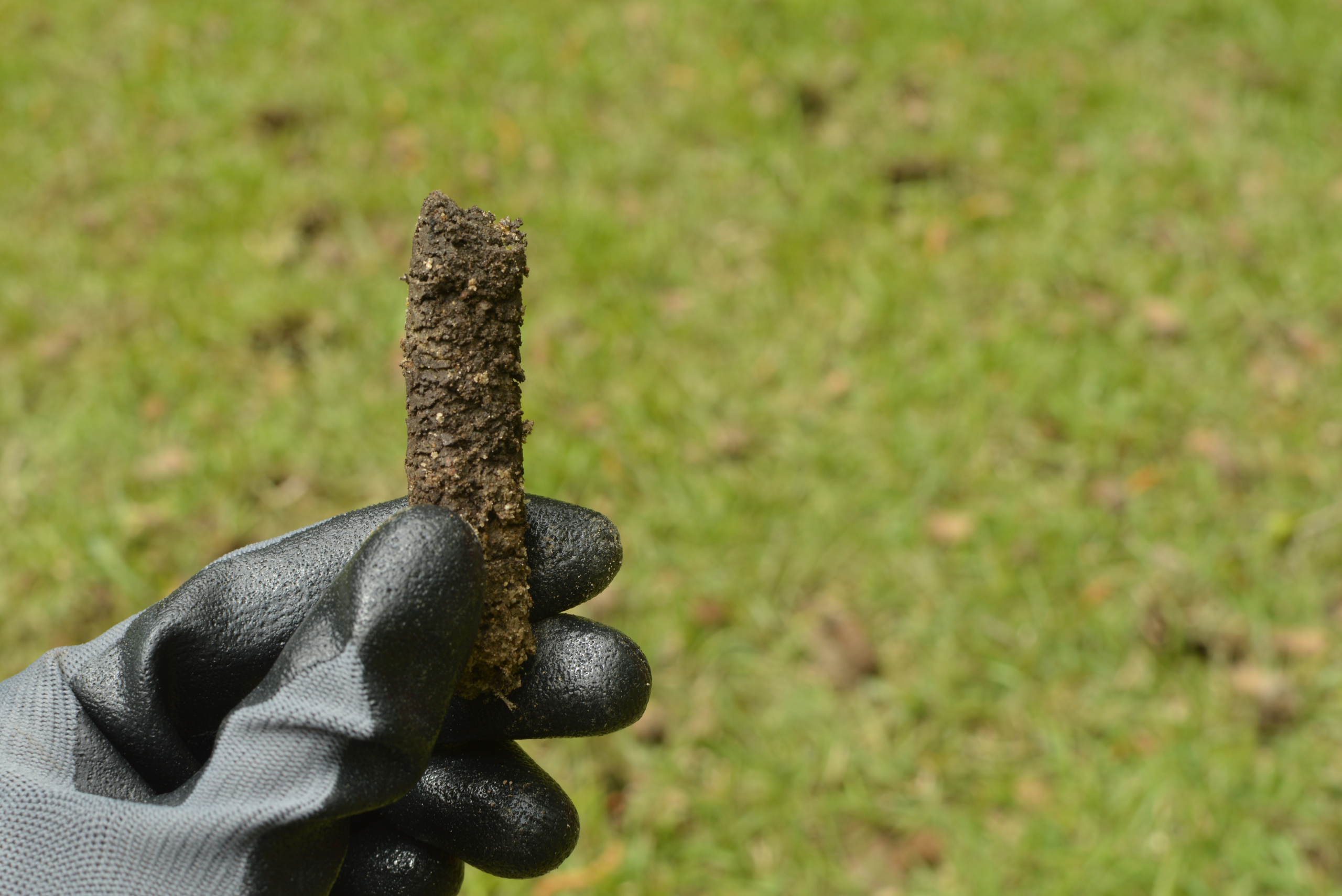
Spike aeration, on the other hand, involves using a tool or machine with solid tines to poke holes in the soil. This method is less effective at alleviating soil compaction but can be useful for minor issues or in areas with less severe compaction. Spike aeration is often more accessible and easier to perform but may not provide the same level of benefit as core aeration. Lastly, liquid aeration is a newer method that involves applying a soil conditioner to the lawn. This conditioner helps to break down compacted soil and improve its structure over time. While liquid aeration is less labor-intensive, it may require multiple applications to achieve the desired results.
Step-by-Step Guide on How to Aerate Your Lawn Like a Pro
Ready to aerate your lawn? Follow these steps for a professional-quality job. First, water your lawn thoroughly one to two days before aerating. This softens the soil, making it easier for the aerator to penetrate. Next, mark any obstacles like sprinkler heads or shallow irrigation lines to avoid damaging them during the aeration process. If you’re using a core aerator, make multiple passes over the lawn, focusing on areas with heavy foot traffic or visible compaction. Aim to extract soil plugs that are two to three inches deep and spaced about three to four inches apart.
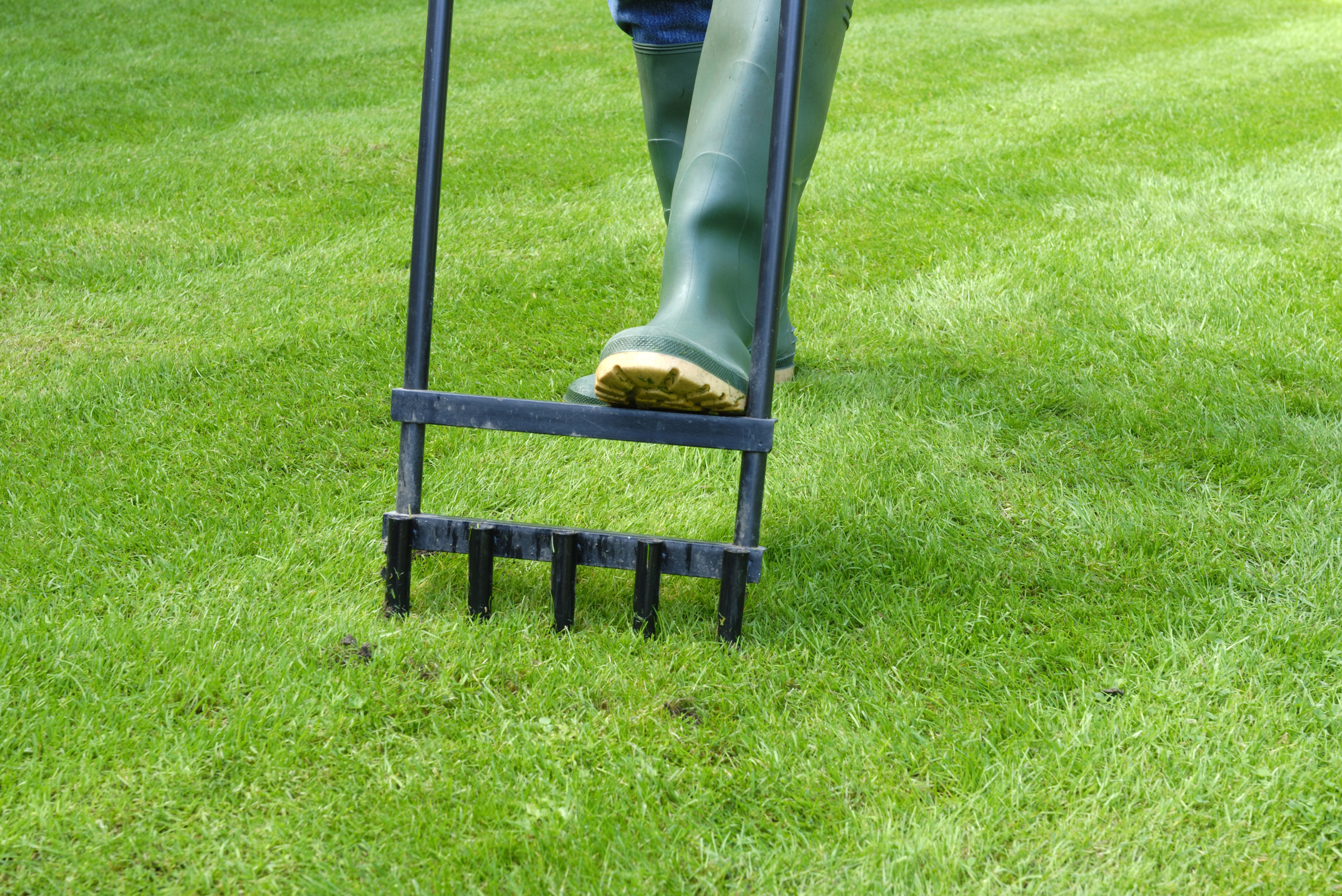
After aerating, leave the soil plugs on the lawn to decompose naturally. These plugs will break down over time, returning valuable nutrients to the soil. Follow up with overseeding and fertilizing to help your lawn recover and fill in any bare spots. Water your lawn regularly to support new growth and maintain the benefits of aeration. By following these steps, you’ll ensure that your lawn receives the full advantages of aeration and stays healthy and vibrant throughout the growing season.
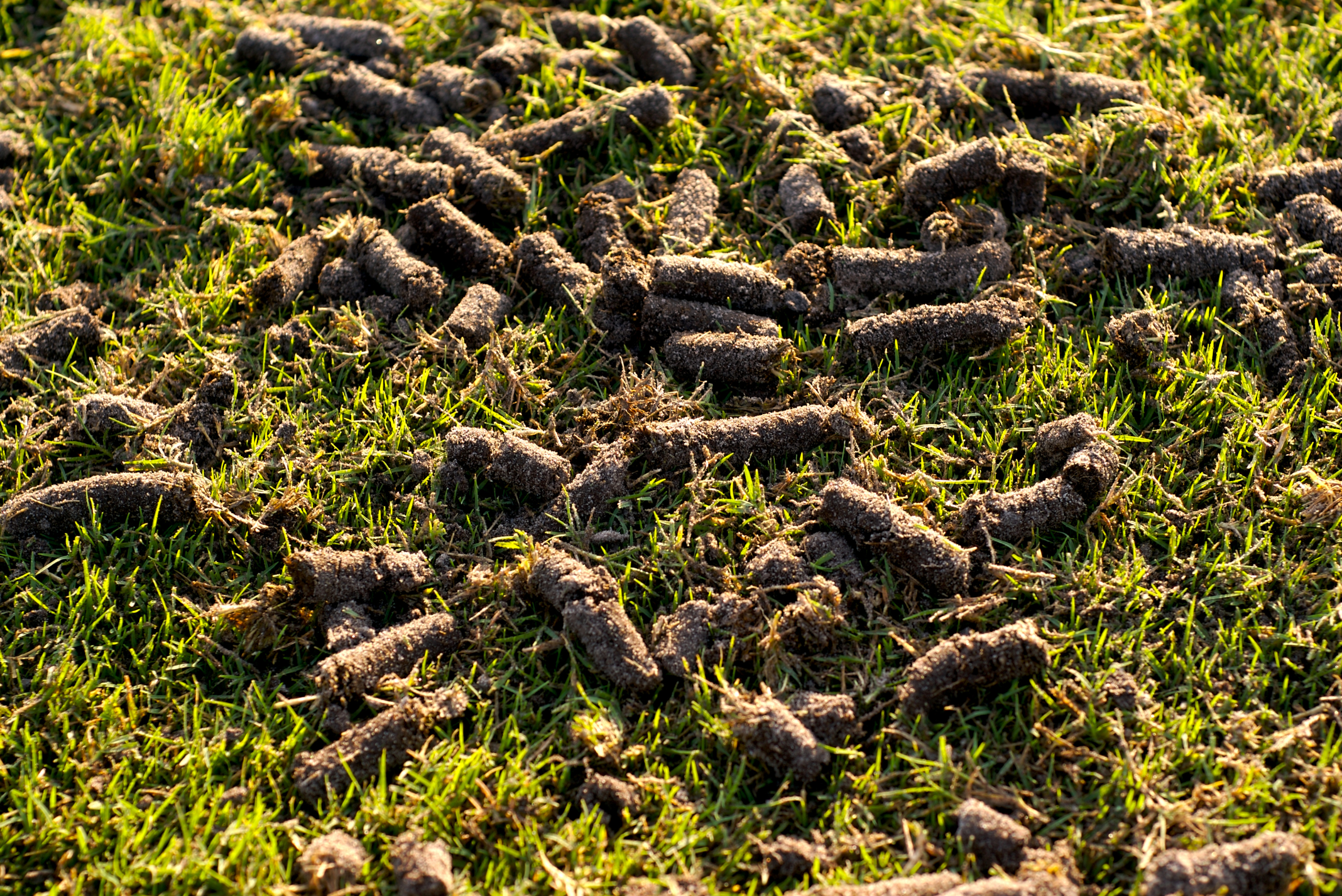
Common Mistakes to Avoid When Aerating Your Lawn and How to Prevent Them
While aeration is a relatively straightforward process, there are some common mistakes that can hinder its effectiveness. One of the most frequent errors is aerating at the wrong time. As mentioned earlier, choosing the right season is crucial for optimal results. Another mistake is not watering the lawn sufficiently before aeration. Dry soil can be challenging to penetrate, reducing the effectiveness of the aeration process. Ensure your lawn is well-hydrated a day or two before you begin.
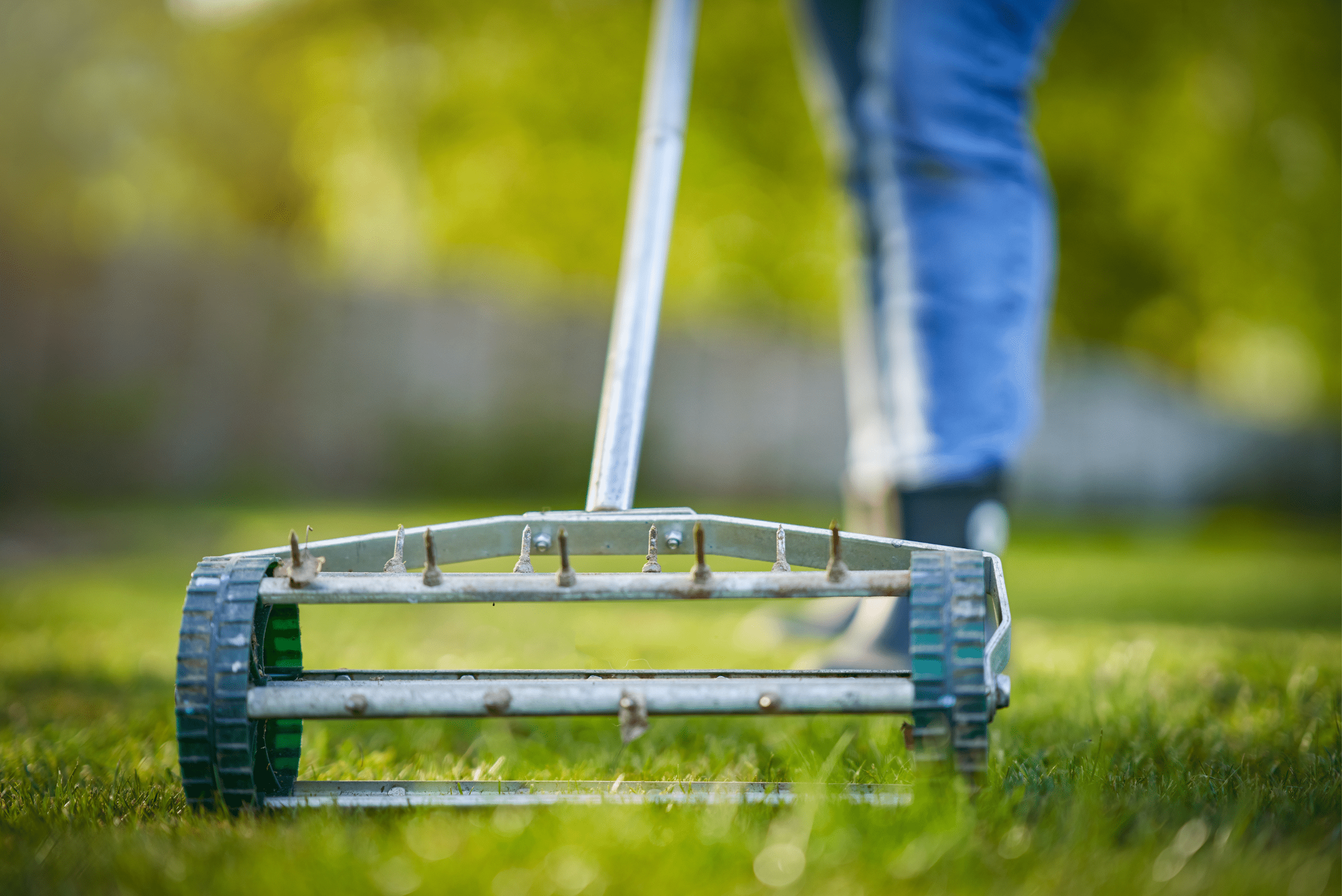
Using the wrong type of aerator for your lawn’s needs can also be problematic. For example, relying solely on spike aeration for heavily compacted soil may not provide the desired results. Consider the severity of compaction and choose the appropriate method accordingly. Additionally, failing to follow up with overseeding and fertilizing can limit the benefits of aeration. These steps are essential for helping your lawn recover and thrive. By avoiding these common mistakes, you can ensure that your aeration efforts yield the best possible outcomes for your lawn.
Related Articles
- The Benefits Of Using A Rain Barrel To Water Your Garden
- Topdressing Your Lawn Is The Best Way To Ensure Thriving Grass
- The Easiest Vegetables to Grow In Your Garden
Aerating your lawn is a simple yet effective way to promote healthy growth, reduce soil compaction, and enhance the overall appearance of your grass. By understanding the importance of aeration, choosing the right time and method, and following best practices, you can transform your lawn into a lush, green oasis. Remember to avoid common mistakes and give your lawn the care it needs to recover and flourish. With a little effort and attention, you’ll enjoy the long-term benefits of a well-aerated lawn for years to come. Happy gardening!
Ready to start your next project? Join our DIY community to receive tool tips, how-to guides, and exclusive creative insights. Subscribe to the ManMadeDIY newsletter now!


